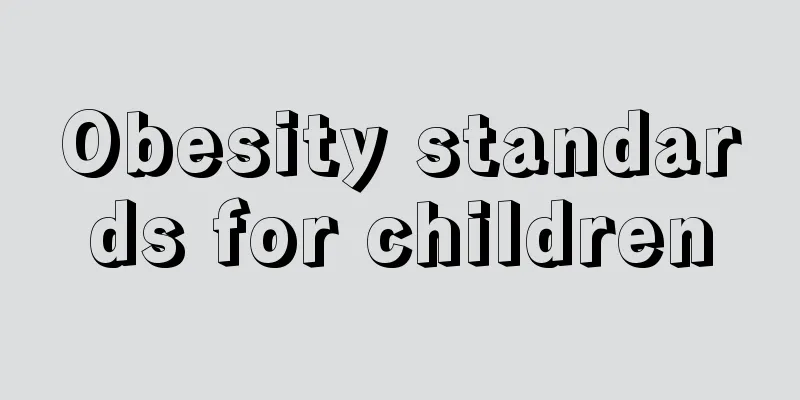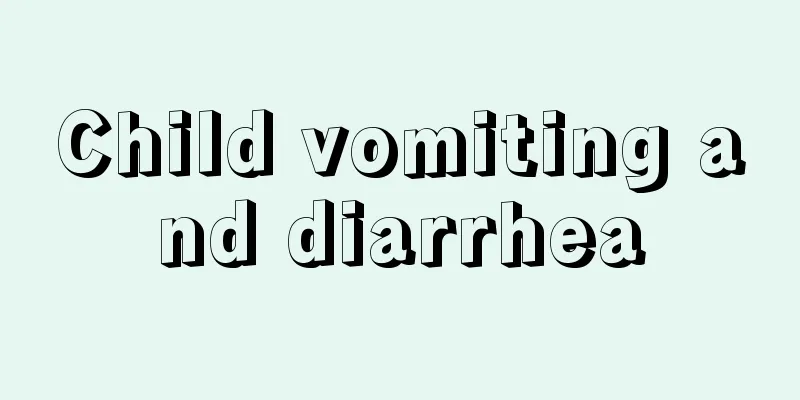Obesity standards for children

|
Obesity has become a major disease that endangers children, and the incidence rate is constantly increasing with age. Many countries have conducted a large number of studies on obesity, because in our country childhood obesity is no longer a rare problem, but a common phenomenon. The main causes of obesity come from large amounts of snacks, long-term lack of exercise and excess nutrition in the diet. 1. Height-standard weight method This is one of the methods recommended by WHO. WHO believes that standard weight for height (also known as weight-for-height) is the best indicator for evaluating obesity in pre-adolescent children (under 10 years old), so it was recommended for use worldwide in 1978. This method is based on height. The 80th percentile of people of the same height is used as the standard weight for that height group. A body weight that exceeds the standard by 20% to 29% is considered mildly obese, 30% to 49% is moderately obese, and more than 50% is considered severely obese. This method is widely used in our country. This method is also widely used in other Asian countries except Japan to determine childhood obesity. The advantages of this method are that it is simple, easy to master, intuitive and easy to use. It also eliminates the effects of racial, genetic and regional differences as well as developmental levels. For children under 10 years old, this indicator can basically represent the body fat content. That is, when the standard weight for height exceeds 20%, it is equivalent to the body fat content exceeding the normal fat content by 15% [1]. The reference standards currently used more frequently in my country include the standard weight for height recommended by WHO in 1985 and the standard weight for height of children in urban areas of nine cities in my country in 1995. However, for children and adolescents over 10 years old, their body shape indicators and body composition change significantly, and the relationship between height and weight fluctuates greatly. For a certain height value, the weight values of people of different ages are very different. Therefore, this method cannot be used to evaluate obesity in children and adolescents over 10 years old. 2. Body Mass Index (BMI) That is, weight (kg) divided by height squared (m2), which has the same meaning as the Kaup index (g/cm2) commonly used in pediatrics. This indicator is a simple, easy and commonly used indicator for evaluating obesity and weight loss in adults and is widely used internationally. Studies have shown that BMI values in the population can predict the risk of disease and death. However, there is an asymmetric U-shaped relationship between adult BMI and the risk of disease and death. For example, in Western white populations, the BMI of adults below 185 is negatively correlated with the risk of disease and death. The risk of disease and death begins to rise when the BMI is above 25. The risk of disease and death shows a clear steep upward trend when the BMI is above 30. The BMI value between 185 and 249 is within the appropriate range. Therefore, WHO recommends that BMI&ge 25 be defined as overweight in adults and BMI&ge 30 as obesity in adults. Due to racial differences, the appropriate BMI range for Asians is shifted to the left relative to that for Westerners. Some people suggest that a BMI value of 17 to 23 is the appropriate range for Asian adults. |
<<: What causes baby's tenosynovitis?
>>: What should children with amblyopia eat for their eyes?
Recommend
What is the reason why children always fall asleep in class?
Sufficient sleep is very important for children. ...
What to do if your baby catches a cold in summer
It is very distressing for babies to catch colds ...
What should children eat to grow taller?
Some parents are very worried about their childre...
Can babies eat seaweed?
When babies reach a certain age, they need to add...
What to do if your child's head sweats
The healthy growth of children is of greatest con...
What should I do if my child has a stomachache in the middle of the night?
Because children's physical development is no...
Why does a newborn baby sleep during the day and cry at night?
Newborns usually have nothing to do. Apart from c...
What should I do if my child wakes up coughing in the morning?
It is very normal for children to cough in daily ...
Are plastic straw cups for children harmful?
Recently, the State Food and Safety Administratio...
At what age is it better to have a circumcision surgery on a baby?
Among the male reproductive organ abnormalities, ...
What are some recipes for two-year-old children?
The healthy growth of children is inseparable fro...
What should we do if children have frequent premature ventricular beats?
Many people don’t know what ventricular premature...
What are the symptoms of acute tonsillitis in children?
Acute tonsillitis is a very typical disease. It i...
Are there any side effects of azithromycin in children?
Azithromycin for children is a nationally approve...
How to deal with a child who has a cold and cough
All children love to go out and play. They hope t...









